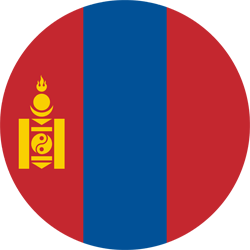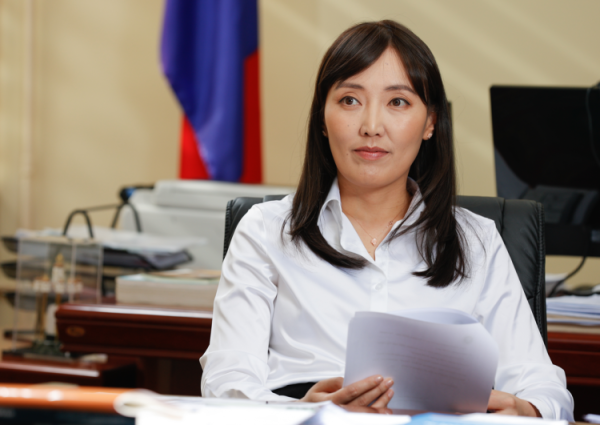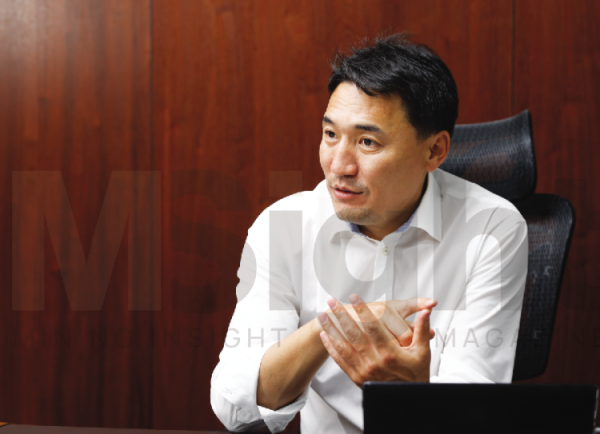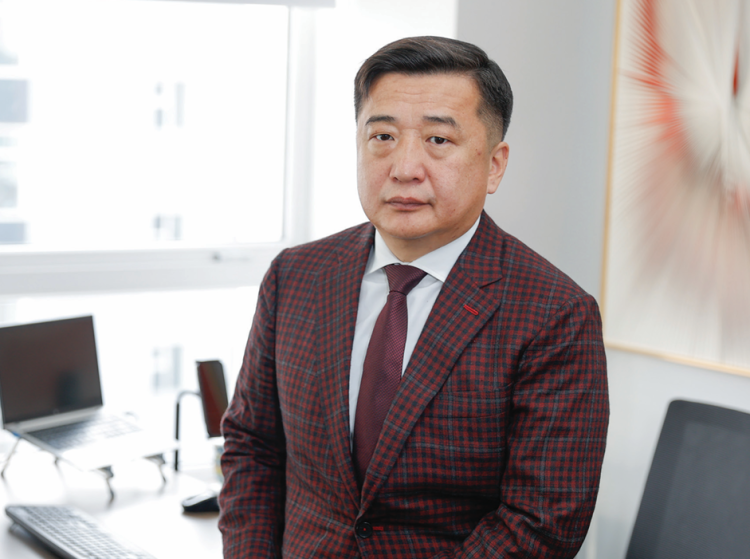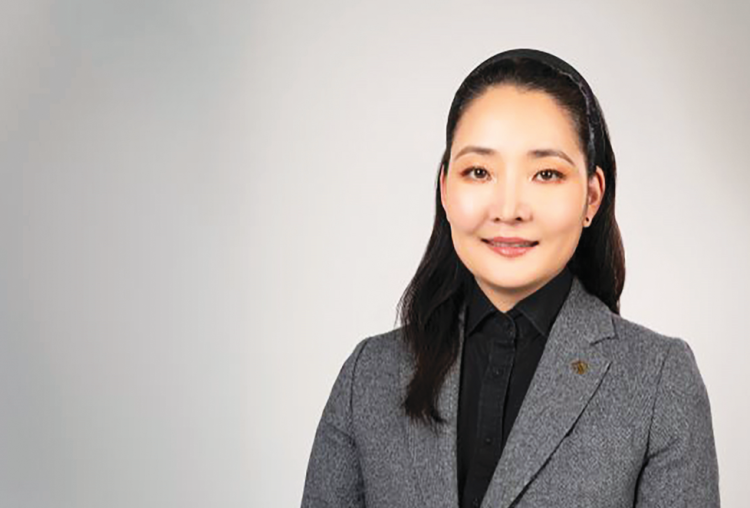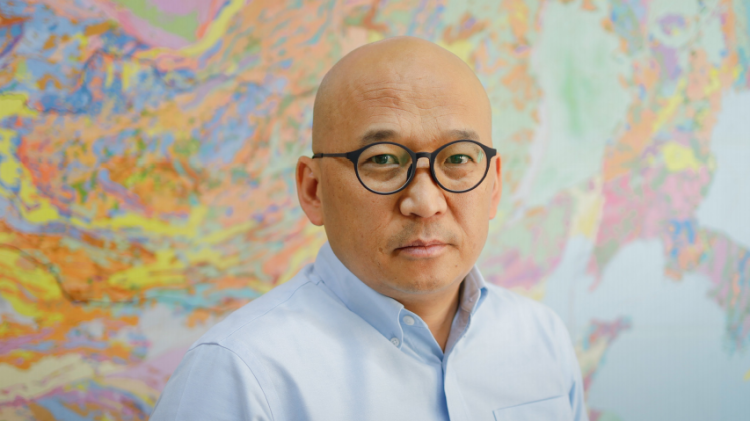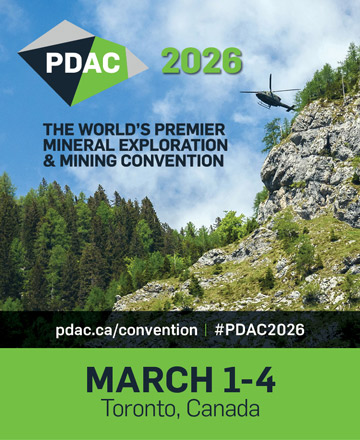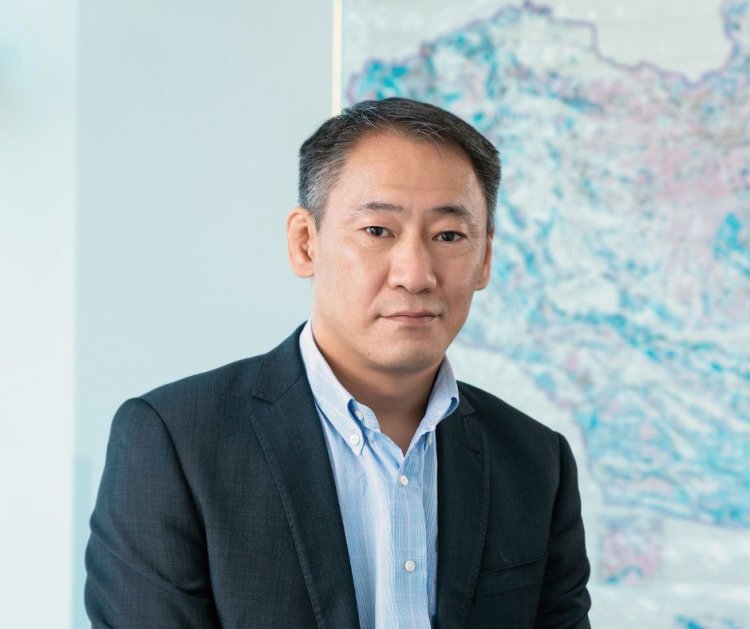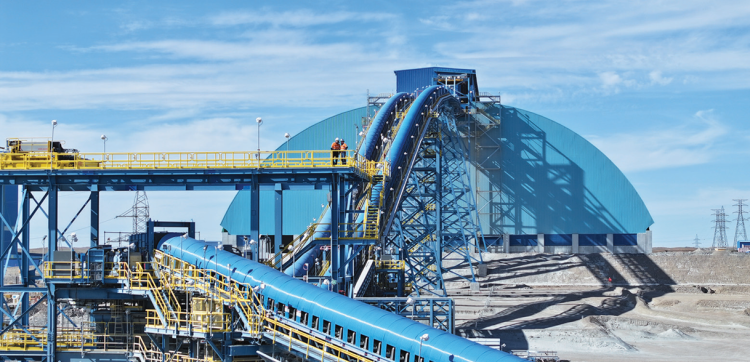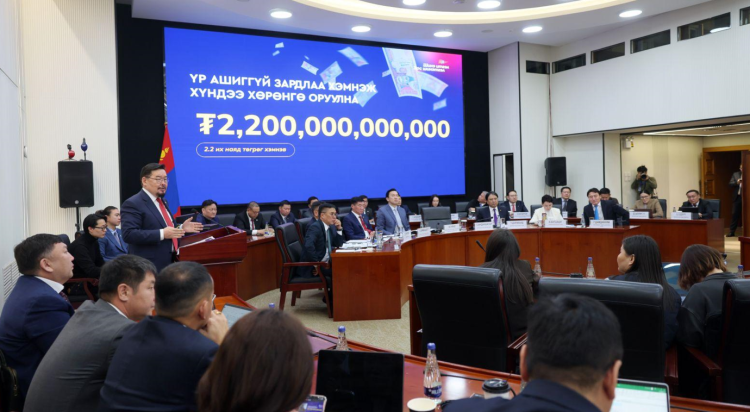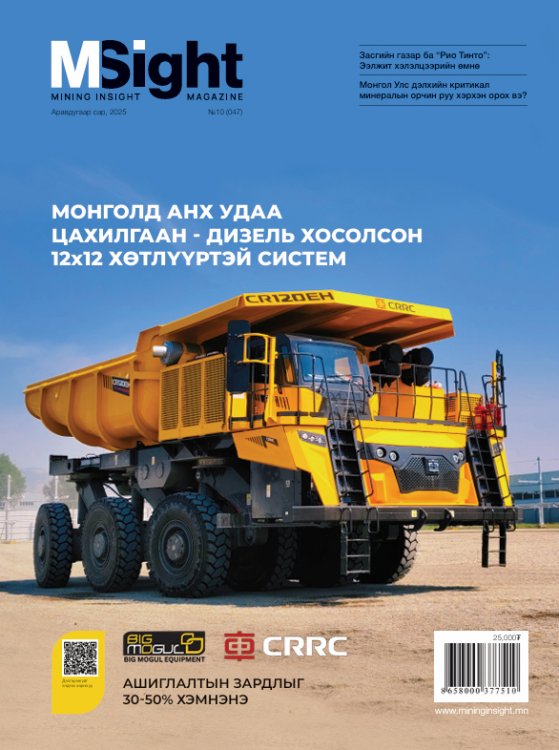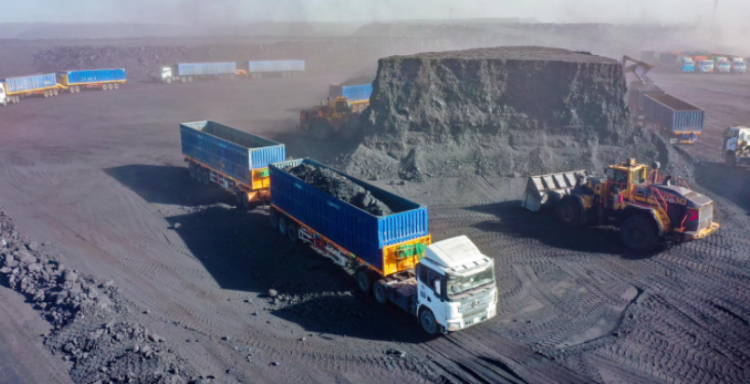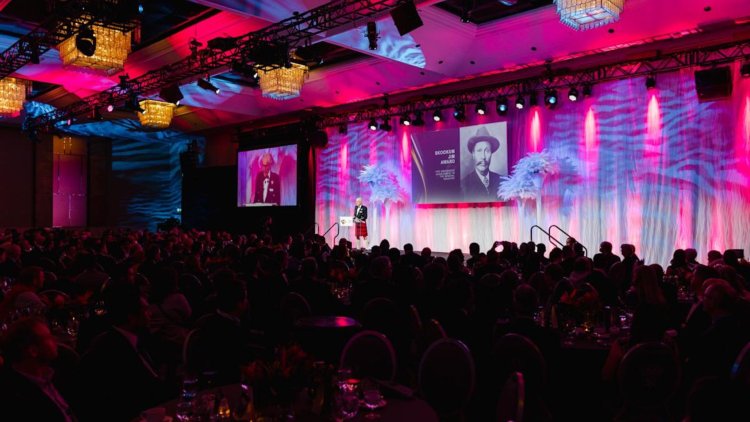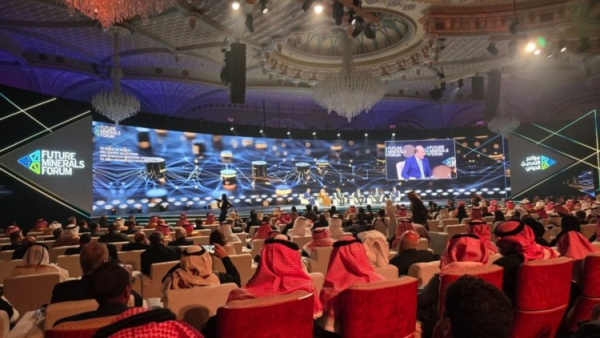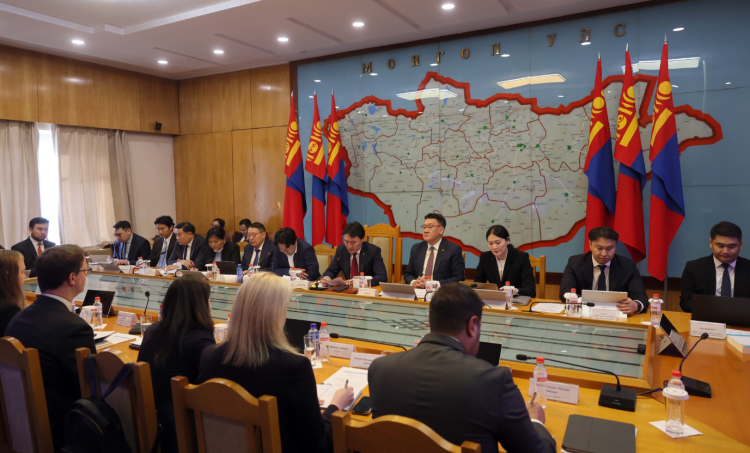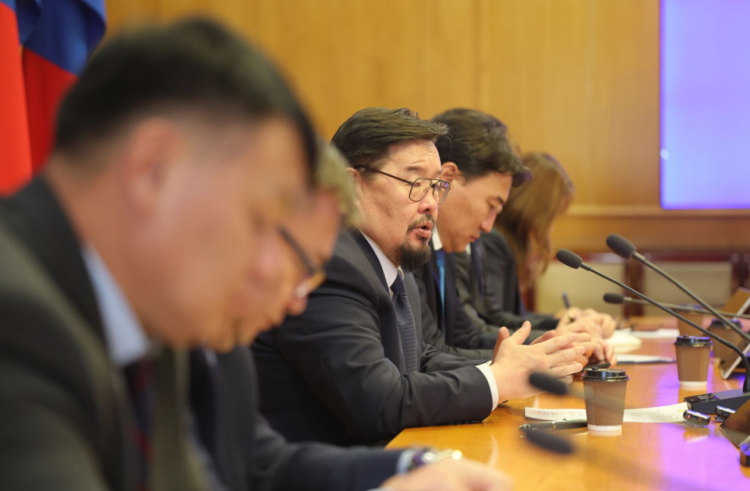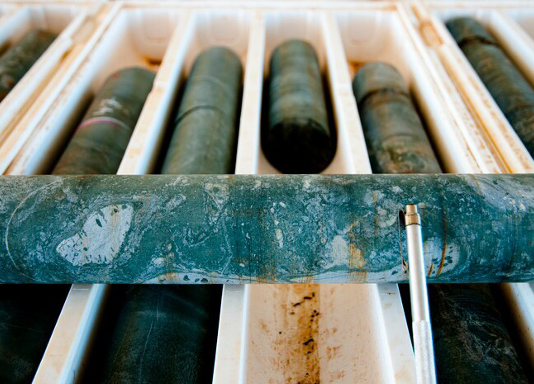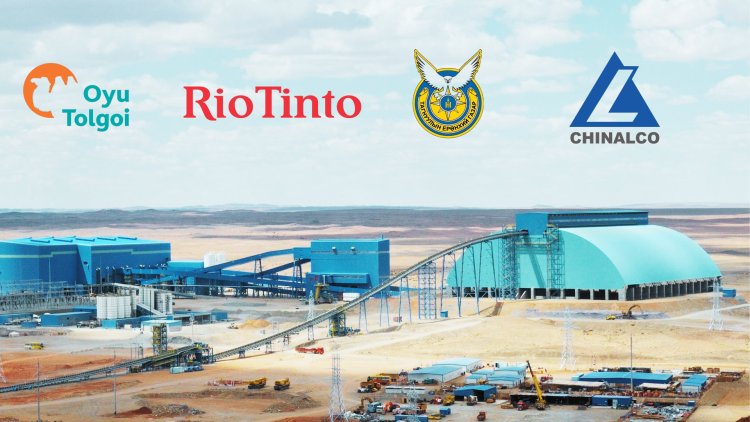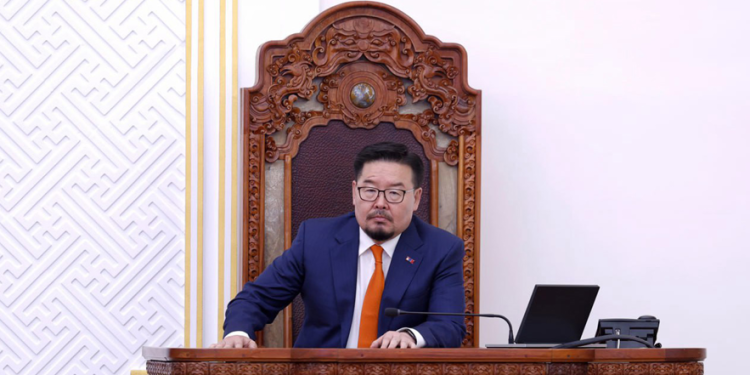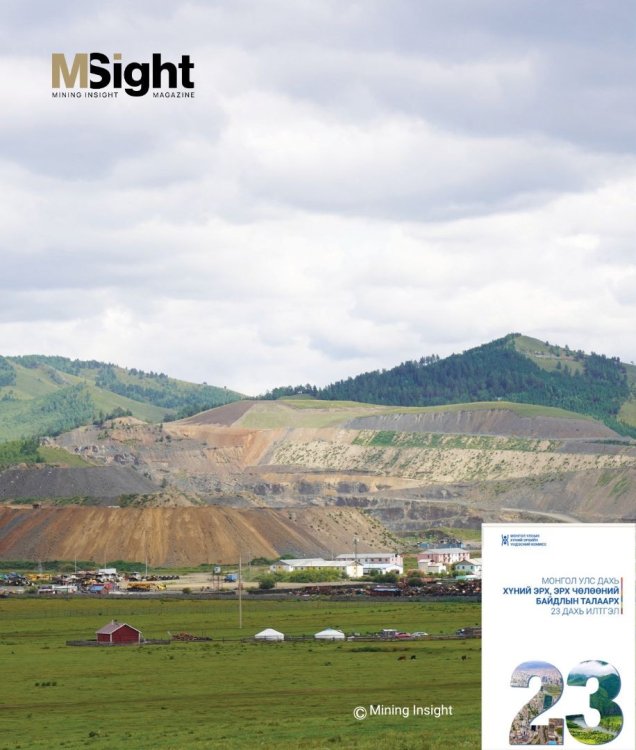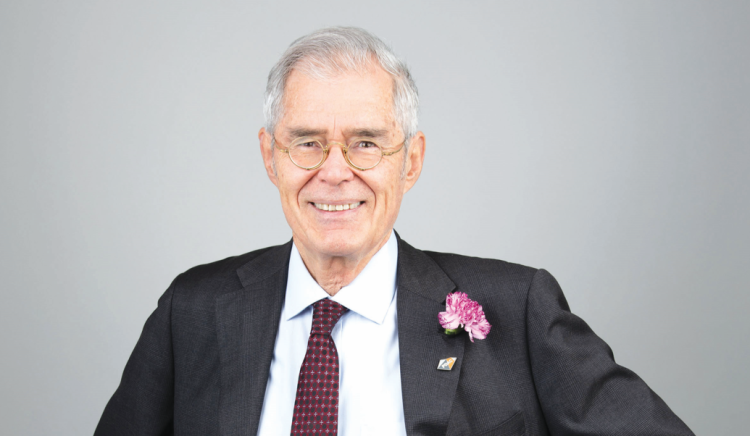 Mining Insight's N.Sukhbat interviewed PDAC President Raymond Goldie about the overall trends of the 2025 PDAC conference and how Mongolia can effectively participate in the international investment forum.
Mining Insight's N.Sukhbat interviewed PDAC President Raymond Goldie about the overall trends of the 2025 PDAC conference and how Mongolia can effectively participate in the international investment forum.
How would you assess the past conventions organized by PDAC and the impacts that they have had?
The PDAC Convention is a cornerstone of the global mineral exploration and development industry. It is held every spring. I attended my first PDAC Convention in 1972 as a student, and I have attended every Convention since then. In 1972, there were 2,830 delegates. In 2024, our 92nd Convention, that number had grown almost tenfold. The delegates have become more diverse, with men and women from 138 different countries at Convention 2024. The PDAC Convention is where people come to learn of new technologies for exploration and mining, new mineral discoveries and new deposit types. Who knew, in 1972, that we would be looking for dysprosium, antimony or lithium; or that we would be prospecting for copper at depths below 3,000 m? The Convention has both reflected, and led the way, in the industry’s growing environmental awareness and emphasis on obtaining social license. PDAC’s Convention Planning Committee takes careful assessment of what worked and what did not work after each year, and uses that information in planning the next Convention. This process is facilitated by having the Convention in the same city, Toronto, every year. The essence of Convention is that it attracts professionals from around the world. They come to collaborate, to exchange ideas, to develop strategic partnerships… and to have fun! With a diverse range of sessions, workshops, and keynote presentations, the Convention’s comprehensive programming brings to the forefront the most urgent challenges facing the sector. The Convention also provides unparalleled networking opportunities between industry leaders, investors, and emerging talent. In summary: the PDAC Convention helps to secure the land, capital, and skilled workforce that the industry needs.
Themes of green development, energy transition and renewable energy are likely to be strong at PDAC 2025. These topics will require multilateral cooperation more than ever. So, how do you see the PDAC conventions changing in the future?
The PDAC Convention plays a pivotal role in advancing the mineral exploration and mining industry's best practices and its capacity to supply the critical minerals that are key to the world’s transition towards generating renewable forms of energy. By fostering collaboration and education, the PDAC Convention unites industry leaders, policymakers, and intellectual experts to be champions of responsible exploration and development. For example, our 2024 Convention hosted the ninth International Mines Minister Summit (“IMMS”) that brought together representatives from more than 20 countries. I expect future conventions to host more such ventures.
In addition to organizing the world’s biggest mining convention, how does PDAC support mining conventions held in other countries?
PDAC connects with its members and the industry by actively participating in mining events both in Canada and abroad. Representatives of PDAC attend conferences, seminars, and trade shows abroad, sharing Canadian expertise and best practices; and bringing back to Canada good ideas from abroad.
Compared to other countries that successfully attract foreign investment in their mining sector, developing countries such as Mongolia face challenges in that area. What should Mongolia focus on to effectively participate in the PDAC convention?
The Government of Mongolia and industry stakeholders plan to present a Mongolia Day at PDAC 2025. The presenters can maximize the impact of Mongolia Day by collaborating on a unified message that shows the world that Mongolia has abundant mineral resources and attractive investment opportunities. Emphasizing Mongolia’s commitment to transparency and a stable investment climate will help build investor confidence; and highlighting the country’s advancements in infrastructure development and dedication to sustainable mining practices will appeal to international audiences. Mongolia’s delegates at the Convention have opportunities to engage in networking events and panel discussions, and to identify and create meetings that have the potential to foster valuable connections and partnerships.
Our country is focused on supporting copper, rare earth elements, and lithium projects and increasing their resources. One of the challenges facing this is environmental issues. So, what environmental criteria do countries like Canada and Australia set for critical minerals, especially rare earth elements and lithium projects, and what kind of understanding do they create among the local communities where the mining will take place?
For mineral exploration and mining companies to conduct responsible and ethical resource development, it is essential that they focus on sustainability and ESG (Environmental, Social, and Governance). The Canadian mineral exploration and mining industry is a world leader in implementing ESG practices. By prioritizing strong environmental criteria such as minimizing ecological impacts, recognizing potential impacts on communities or the environment, mitigation of such threats, and reducing carbon emissions Canadian companies set a high standard for protecting ecosystems and the environment. Companies that engage with local communities through transparent communication and stakeholder involvement are able to build trust and foster positive relationships. By aligning their projects with both environmental and social goals, companies can create benefits such as training, creating jobs for Mongolians, infrastructure investment, and community development. I am proud that our Convention provides a platform for collaboration and innovation in ESG practices. But there is more to PDAC than just the Convention! PDAC offers an array of resources to its members and the broader industry free of charge, such as “Driving Responsible Exploration”, a document that guides companies to adopt and advance sustainable best practices.
For example, companies should begin to engage with communities in and near their project areas as soon as boots hit the ground or helicopters and drones take to the air over local communities.
In Mongolia, recognizing those who may be affected by a company’s project is especially important because many communities are nomadic. Emphasizing these principles is crucial for all companies to achieve sustainable growth and meet the evolving needs of the people of Mongolia.
Mining Insight Magazine, December 2024
